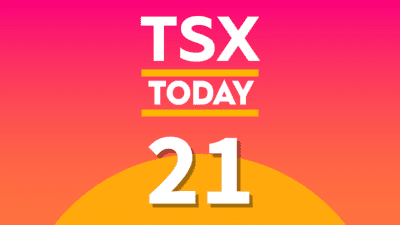So, you’ve just found yourself with an extra $5,000 in your pocket—exciting, isn’t it? The sheer number of investment choices can be overwhelming.
Do you ride the wave of the latest meme stock, dabble in the volatile realms of cryptocurrency, bet on the future with AI stocks, or lean towards the tried-and-tested route of solid Canadian dividend payers?
In an era where investing can sometimes feel like being in a candy store, with too many choices leading to decision fatigue, I confess I’ve grown to appreciate the beauty of simplicity.
My current investment method? Sticking that $5,000 straight into a low-cost ETF that tracks the S&P 500 Index.
This might sound almost too straightforward, especially in a world where investment options are increasingly complex and varied. Yet, there’s a powerful case to be made for this classic strategy.
Here’s a breakdown of why investing in an S&P 500 index ETF could be a smart move for that newfound $5,000 in today’s market.
The S&P 500 is hard to beat
When it comes to investing, one of the humbling truths is that the S&P 500 has proven to be a formidable opponent for even the most skilled and educated financial professionals.
These are individuals whose careers are dedicated to analyzing, predicting, and investing, with the goal of outperforming the market. Yet, time and time again, they find themselves trailing behind this index.
A telling statistic from the S&P Indices Versus Active (SPIVA) report—which serves as a scorecard comparing the performance of actively managed funds against their relevant S&P index benchmarks—highlights this fact vividly.
As of June 30, 2023, the report highlights that over the past 15 years, approximately 92% of all U.S. large-cap funds have failed to surpass the S&P 500.
These are not just average Joes with a Wealthsimple account; these are seasoned professionals with finance degrees, industry certifications, and arguably some of the most sophisticated resources at their disposal.
And still, the S&P 500 often comes out on top. This stark reality begs the question—if these experts struggle to beat the market, what are the odds for the rest of us, even if we poured every waking hour into stock research?
My ETF of choice
It might just turn out that riding the wave with an S&P 500 index ETF is not only the path of least resistance but also the most prudent long-term strategy for your $5,000 investment, assuming you have a high risk tolerance.
The ETF to put this strategy in play is Vanguard S&P 500 Index ETF (TSX:VFV). I love this ETF because of its low fees – it charges a 0.09% expense ratio, or around $9 annually for a $10,000 investment.
But it’s also crucial to acknowledge that VFV’s focus is solely on the U.S. market. This laser focus on a single country’s equities might not be enough for those looking to spread their investment wings globally.
For a well-rounded portfolio, consider VFV as your foundation—your low-cost core U.S. equity holding. From there, you can diversify by exploring some Canadian stock picks (and the Fool has some great suggestions below).







